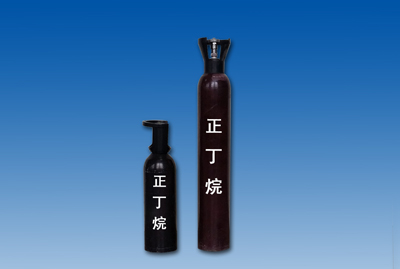Butane

|
Physicochemical properties |
Color and smell status: colorless, easily liquefied gas |
||
|
Toxicity: low toxicity |
Flammability: flammable |
||
|
Melting point: -138 ℃ |
Density: 2.48 kg/m³ |
||
|
Volatility: Volatile |
Flash point: -60℃ | ||
|
Boiling point: -0.5 ℃ |
Stability: stable |
||
|
Spontaneous ignition point: 287℃ |
Solubility: easily soluble in water, alcohol, chloroform |
||
|
Various code |
CAS: 106-97-8 |
HS: 2905130000 |
EINECS:203-448-7 |
|
Uses |
In addition to being directly used as fuel, n-butane is also used as a biological extraction solvent, refrigerant and organic synthesis raw material |
||
|
Hazard category |
2.1 Class flammable gas |
||
|
Fire-fighting measures |
Spray water to cool the container, and move the container from the fire scene to an open place if possible. The gas is heavier than air and can spread to a considerable distance at a lower place, and will ignite when it encounters a fire source. Extinguishing agent: water mist, foam, carbon dioxide, dry powder |
||
|
Emergency treatment |
Inhalation: quickly leave the scene to a place with fresh air. Keep the airway unobstructed. If breathing is difficult, give oxygen. If breathing stops, give artificial respiration immediately. Seek medical attention |
||
|
Packaging, storage, transportation |
Steel cylinders (118L, 400L, 800L, 926L), ISO tank, tank truck, stored in a cool, ventilated warehouse. Keep away from fire and heat sources. The storage temperature does not exceed 30℃, and the relative humidity does not exceed 80%. Transport as required by dangerous goods |
||
Next product: Isobutane

